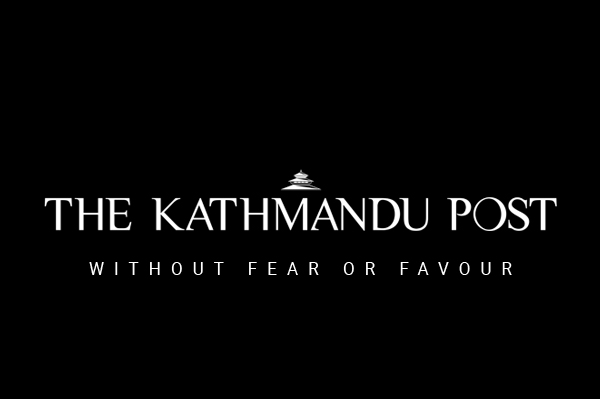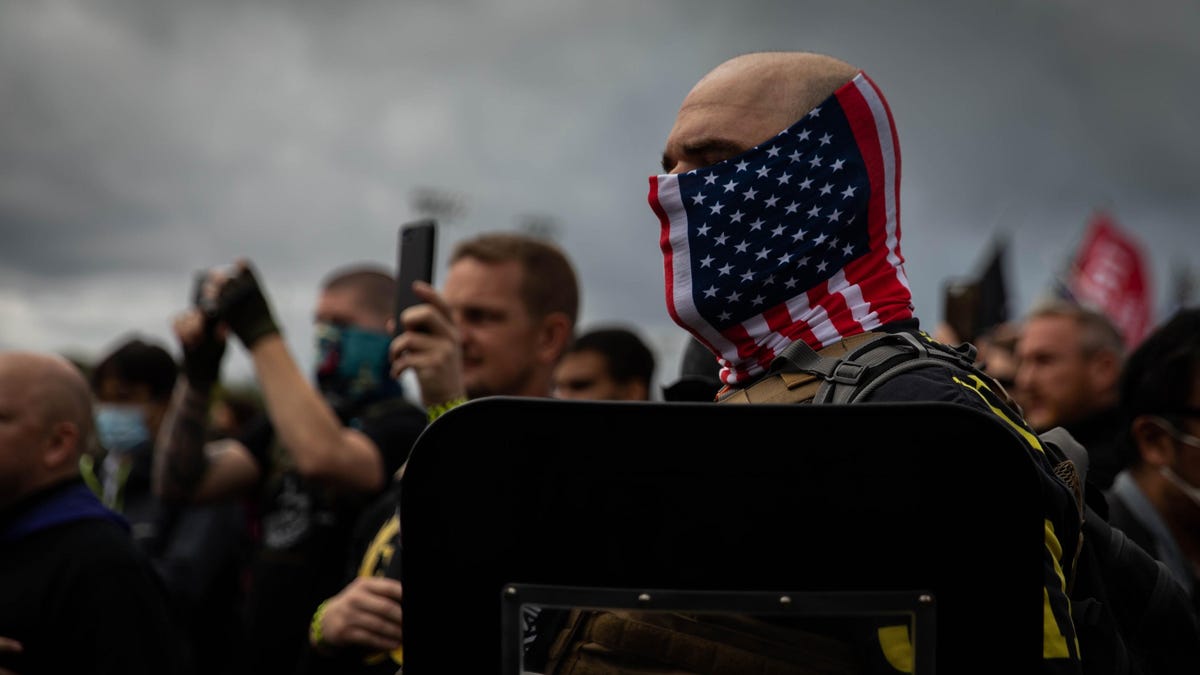
In 2017, immediately after being crowned Miss Nepal, Nikita Chandak faced public trolling for not being fair enough. Some people even called her ‘ugly’ for being dark-skinned, and commented online that she ought to use Fair & Lovely cream.
The public has been conditioned to equate fairness with beauty not just in Nepal but across the Subcontinent. Socio-cultural conditioning, prominent billboards of fairness creams, and Bollywood tracks of “Gori teri aankhen kahe” and “Gori gori” mean that the notion is entrenched in society.
This has economic implications as well. Nepal imported Rs2.8 billion worth of skin lightening products, mainly from India, last year. Prominent among them was Fair & Lovely which was renamed Glow & Lovely this year to sound more politically correct.
Read also:
Removing ‘fair’ from Fair & Lovely is not enough, Suvexa Pradhan Tuladhar
In the Asia Pacific alone, the market for cosmetic products that claim to ‘lighten’ the skin accounts for around $13 billion. It is not just young women, men are also lured by creams called Fair & Handsome.
The beauty industry is characterised by systemic thinking capitalised and promoted by multinational companies that success, love and prestige are directly linked to the fairness of one’s skin. There is limited coverage of this in the local media because of the advertising clout of multinationals.
In Nepal itself, there are homemade products like Okhati’s Payapa Sunblock Lotion, whose product page claims that it is ‘exclusively formulated with papaya, liquorice and sunflower extracts to lighten skin’.
With rising awareness, the notion of beauty has taken a more subjective role, and the fact that ‘it lies in the eyes of the beholder’ is no longer just a clever adage. However, this does very little to challenge and change the underlying relations of power and class that play a greater role in lending beauty an objective value.
 Photo: NEPALI TIMES ARCHIVE
Photo: NEPALI TIMES ARCHIVE
Social norms continue to assert that a person can only be considered ‘beautiful’ if their skin is fair and white. In fact, structures of power and dominance have succeeded in establishing beauty as a social construct, now increasingly difficult to navigate and escape.
The same structural issues are also related to gender norms that dictate acceptable behaviour, including the way people look, which men and women ought to abide by. When people of specific gender identity are taught to look a certain way, anyone who wishes to diverge from the ‘ideal standard’ is treated as a misfit, which can lead to them being ostracised — evident in how society reacts to lifestyle choices of queer people.
The history of beauty can be traced to ancient times, and changed with colonial values right down to the present day. When the European were in the Subcontinent, they brought with them concepts of beauty inherited from Greco-Roman heritage and civilisation. David and Aphrodite were the standards, and whiteness was not just beautiful, but intellectually dominant as well.
To be sure, the concept of fairness had already taken hold of in our societies long before the Europeans — with interlinked aesthetic and political implications. The subjugation of comparatively darker-skinned Dravidian people in South Asia by lighter-skinned Aryans with straight nose and angular bones cemented the idea that fair skin was more powerful.
Similarly, incoming Turkish and Moghul cultures elevated people, especially women, with light skin. Colour of one’s skin was a tool for social demarcation, and fairness was a signifier of desirability, adhering to the preconceived notion of Central Asian supremacy.
In caste structures, those of ‘higher’ castes, with more power and capital, had lighter skin complexion than the ones in ‘lower’ castes whose professions required them to work longer hours outdoors. This perpetuated the belief that dark skin meant a person who belonged to a ‘lower’ caste.
The psycho-sociological relevance of this is seen in the subtle degradation of people from the Madhes for having darker skin, and referring to anyone with similar colouring as ‘madhesi’, or ‘bhaiya’ by Nepalis in the mountains.
The monetisation of this construct today has laid a subliminal precedent that the stereotype is not only attractive but also essential in order to rise up the social, cultural, and economic ladder.

Women and men are expected to look a certain way, their skin of a lighter colour, to be taken seriously. Even so, women bear the brunt of this discrimination. Families continue to value girls for the lightness of their skin. Girls are bullied and abused in school and offices for being dark-skinned.
Cosmetic brands tend to cater largely to a female clientele which speaks both to the society’s expectations and sustaining the said standards. These products are also often inaccessible or unaffordable to many, ingraining them with feelings of unworthiness and lower self-esteem.
Further, the effects of these treatments are hardly considered: permanent skin damage, allergies, bleaching and even cancer.
Fortunately, there is now a growing school of thought against such racist and impossible to meet beauty standards.
In order to separate ourselves from the idea that beauty is in lighter appearance, a radical step to take would be to stop associating beauty with self-worth. Understanding the politics behind what sustains our insecurities can help us decolonise our everyday beauty routines, making us more comfortable in our own skin.
Rose Singh is a student of law and social sciences at Kathmandu School of Law. Deeja Bastakoti is a graduate in economics. Both are Content Managers at She The Kranti.











 English (US) ·
English (US) ·